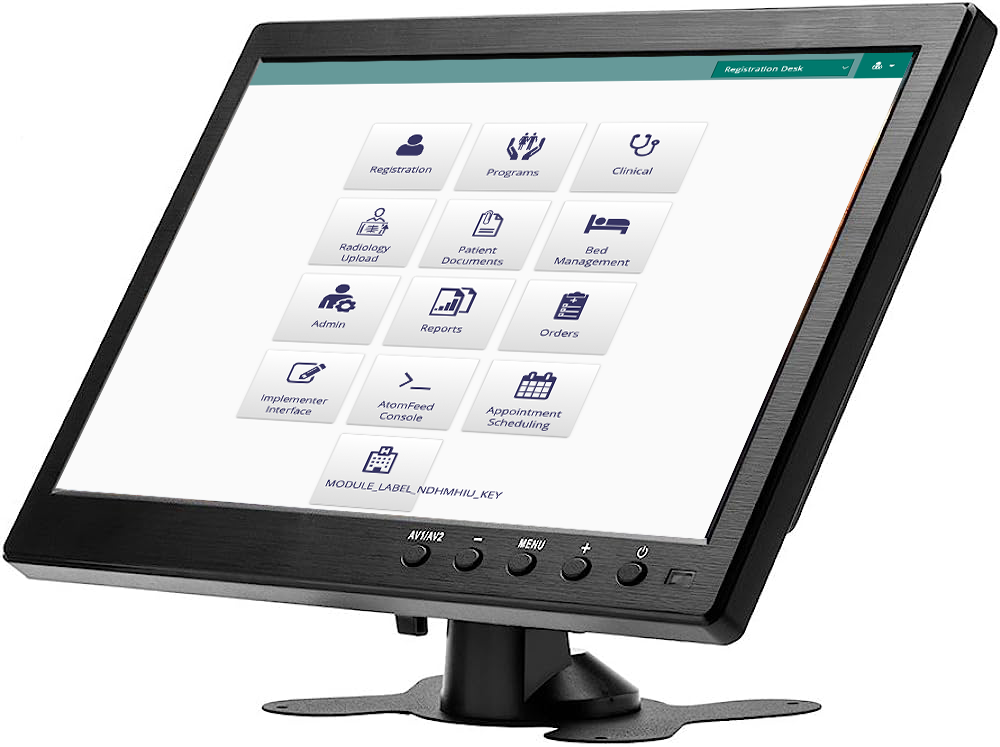Hospital Management Information System (HMIS) is a BAHMNI based open-source application designed to manage and streamline various aspect of healthcare facilities including patient information, appointments. Medical records, billing, inventory etc. Open MRS serves as a central repository for all the modules, enabling efficient storage, retrieval, and analysis of information.
The primary purpose of a Hospital Management Information System (HMIS) is to streamline and automate various administrative, financial, and clinical processes within a hospital or healthcare organization. Hospital Management Information System (HMIS) is the web-based application to streamline activities and process in the hospital and generate the desired reports.
Here are some key details and features of Hospital Management Information System (HMIS):
